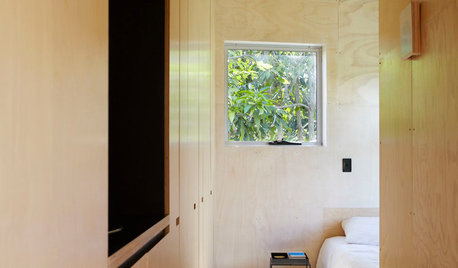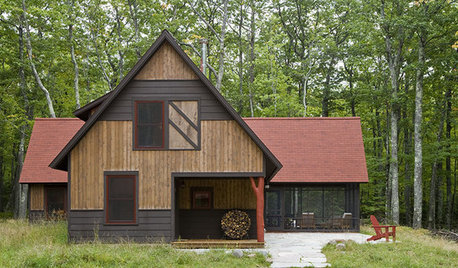conduit or direct bury?
rwiegand
11 years ago
Related Stories

MODERN HOMESHouzz Tour: A Modern Home Rooted in Its Place
It's partially buried in the earth, but with a cantilevered roof and strong colors, this Ottawa home is anything but shy
Full Story
DECLUTTERINGHow to Let Go of Unwanted Books and Magazines
Buried in reading material? This guide will help you decide what to keep and what to give away, sell or recycle
Full Story
BEDROOMSWhat’s the Right Location for Your Bed?
Architects, designers, psychologists and feng shui practitioners weigh in on which walls, views and directions are best
Full Story
MATERIALSInsulation Basics: What to Know About Spray Foam
Learn what exactly spray foam is, the pros and cons of using it and why you shouldn’t mess around with installation
Full Story
MOST POPULAROur Favorite Kitchen Storage Ideas Now
Make the most of every square inch with these clever cabinetry solutions
Full Story
WOODDesign Workshop: Plywood as Finish
Trendproof your interior with this sensible guide to using this utilitarian material indoors
Full Story
ARCHITECTURE11 Smart Upgrades for a New House
Some upgrades are difficult or impossible to do later. Tackle these projects now to save yourself the headache
Full Story
FEEL-GOOD HOME6 Design Ideas for Happy Pets
Keep your dog or cat feeling safe and in high spirits, and you'll all feel more at peace. Here's how
Full Story
VINTAGE STYLEKitchen of the Week: Preservation Instincts Create Vintage Modern Style
Original features in this 1908 kitchen join new custom accents for a look that bridges the years
Full Story
ARCHITECTUREDreaming Of: A House in the Woods
Designs for living among trees — in a real forest or where you live now
Full Story







Ron Natalie
mm11
Related Professionals
Canandaigua General Contractors · Coffeyville General Contractors · Florham Park General Contractors · Great Falls General Contractors · Hillsboro General Contractors · Jeffersonville General Contractors · Montebello General Contractors · Panama City General Contractors · West Jordan Solar Energy Systems · Carlsbad Home Automation & Home Media · Crystal Home Automation & Home Media · Margate Home Automation & Home Media · Town 'n' Country Home Automation & Home Media · Tucker Home Automation & Home Media · East Cleveland Home Automation & Home MediaRon Natalie
kudzu9
Ron Natalie
mm11
rwiegandOriginal Author
brickeyee
poobaloo
mm11
mm11
brickeyee
rwiegandOriginal Author
countryboymo